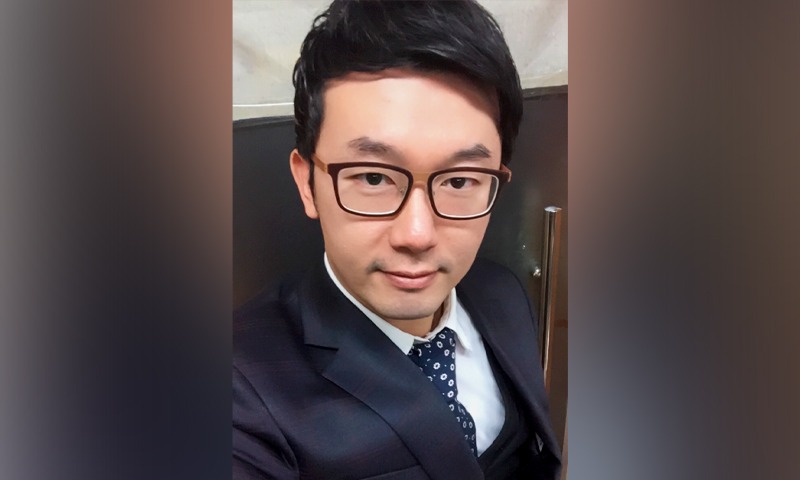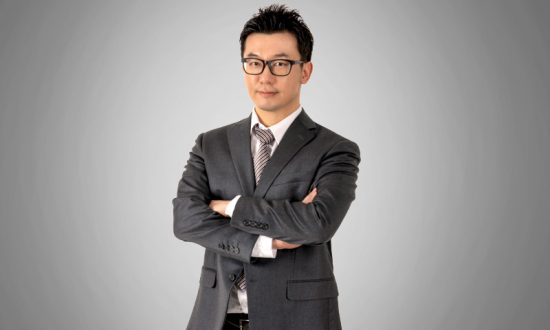Kihyun Park is an innovative English teacher in charge of International Students Exchange program in Pungsaeng Middle School, South Korea, designated as ‘Innovation School’ where new educational & experimental programs have been implemented and he is leading it. With the motto, ‘The World is My Classroom’, he has helped his students to be equipped with the good communicative competence, to raise awareness of different cultures, and to develop the global citizenship by connecting classrooms face-to-face in different manners. Park majored in Pedagogy and English education and he graduated from Hongik University.
In the summer of 2019, many teachers throughout the subjects in my school had discussed the topic; “The Fourth Industrial Revolution and the Change of Education and Job” either from the request of the curriculum or the related subject matter. The students were impressed with the role of AI and its influence that covers a wide range of infrastructure, types of occupations, or even computer games. Yet, they were quite sceptical if the approach or methodology to education can keep pace with the development of AI, because the education policies that they had seen were too limited on the specific part of the exams, or the extended right of subject choice, although most of them agreed that the current education system needed to be improved, expecting to adopt the overall change of platforms suitable for the demand of the society.
In January 2020, COVID-19 hit South Korea in a flash, and the number of the infected patients increased at a dreadful speed, which paralyzed all parts of our society, most importantly the schools. The academic school calendar, which was prepared for the new school year, rendered useless because the Ministry of Education announced the closing of schools. Moreover, the school opening dates were postponed several times and even the date of the national college entrance exam was delayed, which is unprecedented in South Korea.
As the school opening was deferred again and again, all provincial offices of Education and schools, as well as the Ministry of Education, implemented measures to overcome the chaos of school education which caused learning loss of our students at home. Listening to the people from all walks of life, and considering school parents, online platform seemed like the right option to meet both parts; to complete school hours and to make home-schooling possible.
All well-known online companies started to engross themselves in creating the attractive online education platform to meet the needs of the consumers; schools, students, and teachers, which accelerated the improvement to the decent online platform.

When the teachers started to teach in a new online platform, they came to think of the notion of Self-directed learning since the teachers were teaching online just as they used to in a classroom, which looked exactly the same as before, but the students were in a totally different condition. They need to control themselves at home so that they can concentrate and achieve the class goals with the support of their teachers. The teachers put more time into encouraging their students to focus on the assignments, maintaining the optimal level of students’ motivation, and providing the individual feedbacks than preparing the classes by uploading video-films or simultaneous interactive classes. This is because the ability of students to actively participate in the class and achieve class goals depended on the kind of feedback the teachers provided, how much information needs to be included in the feedback, and when was the most appropriate for them to be given the feedback.
On the first week of the online school opening, the homeroom teachers were seen to call some students who didn’t sign in the online platform or who was not watching the class video-lectures uploaded. The teachers could technically monitor whether they are watching the video or not. To make this platform work to a purpose, the voluntary participation of our students was required. Therefore, we planned to offer continuous motivation, provide delicate feedback to check their progress, and fair evaluation based on the system to confirm if they made it on their own.
After COVID -19 subsided, our students came back to schools. However, the Wi-Fi system was upgraded, and the students’ use of mobile phone become more flexible for them to accomplish some assignments. It feels as if the online platform comes into the classroom. The platform is not a temporary device to make up for the class skipped anymore; instead, it has been more than a tool.
Actually, a week ago, Samsung had the applicants take the online test for GSAT (Global Samsung Aptitude Test). Moreover, many colleges have joined the trend, running the online platform for the test. It is not hard for us to anticipate the side effects which follow the hasty transition to the new system. Nevertheless, this flow of the education is expected to keep going on because above all, the consumers of education, our students were content with the new platform. So, I think it would be good for them to move forward in the way of upgrading rather than abolishing them.
Korean education has been partly changed occasionally but not as much as it is said to be called ‘revolutionary’ probably because of its conservative characteristics centring around the system of the college entrance exam as well as the social structure. And it goes against saying, “Could the current movement have been made possible without COVID-19? No, it couldn’t have.” Just like the old movie, ‘Back to the Future’ in the 1980’s, we might have been to the future, experienced the developed education and came back. The decision to go to the future was not from our voluntary will, and in addition, we do not have to invalidate what we have ever proved effective while we stayed there.
We have a choice: we can go back to our past or stay here and now.
Do you really want to go back?




